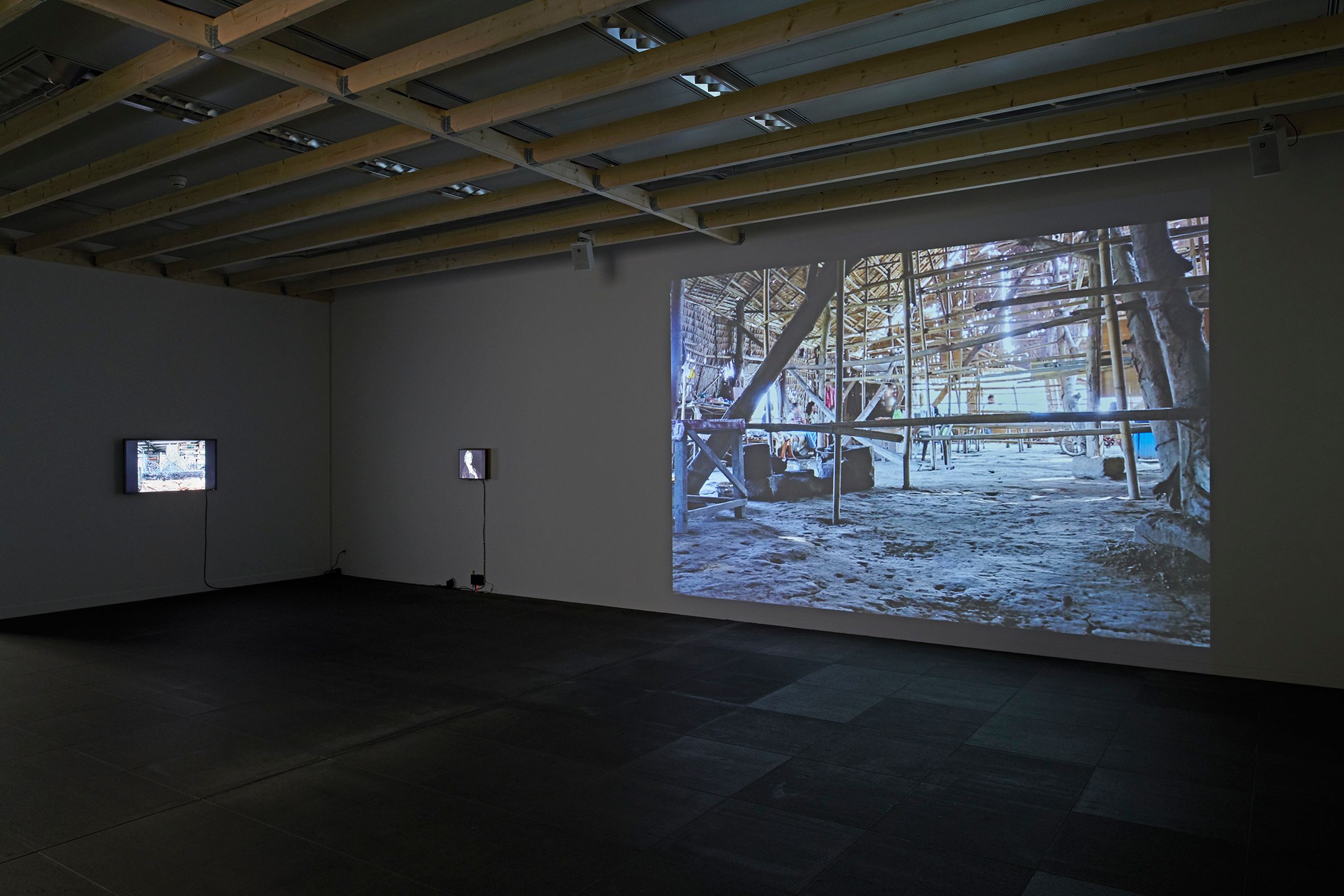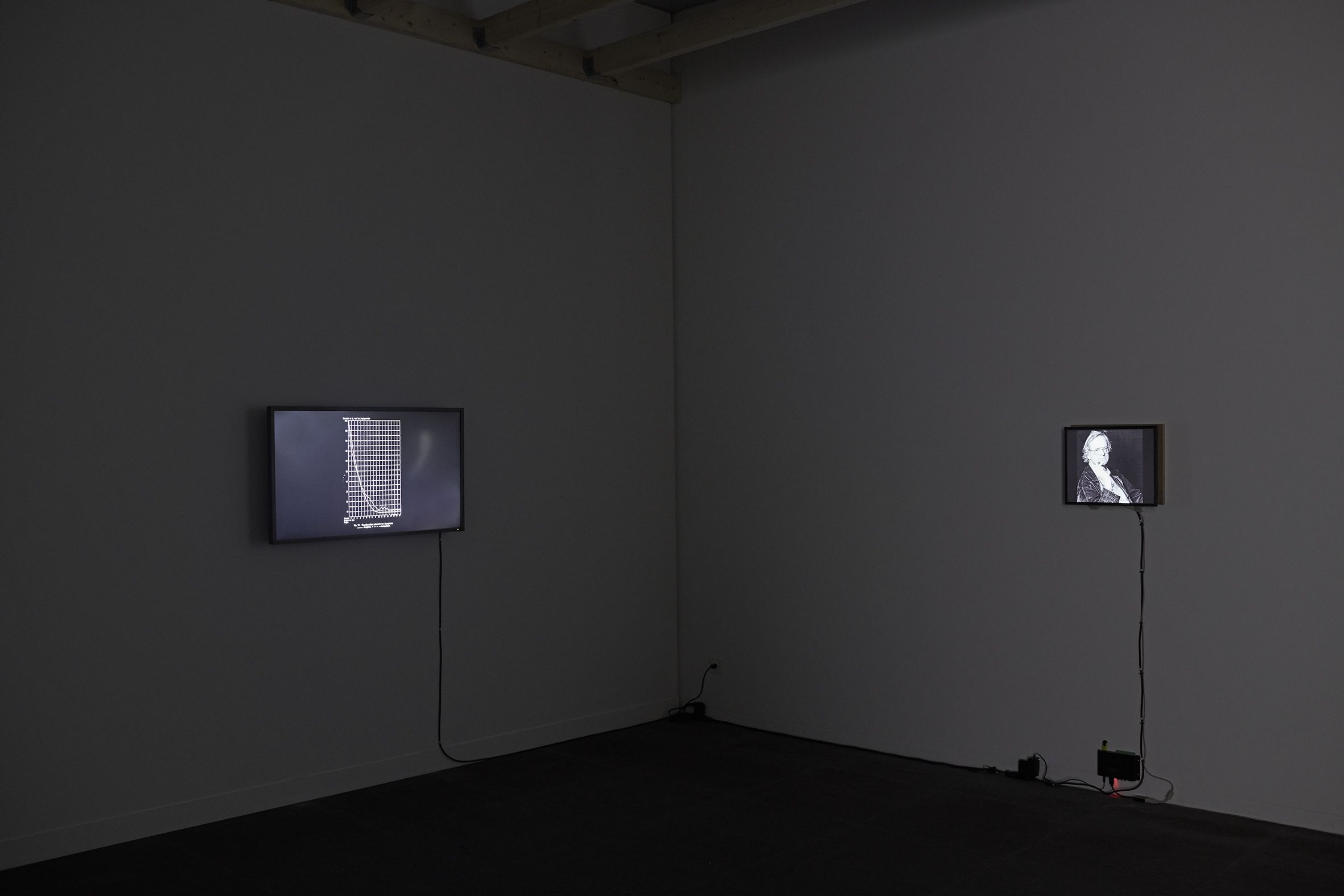

Microclimate Ethnography (A Monument for Hermann Burger)
Tobacco barns are both highly localised and globalised building types with numerous regional variants in different locations around the world. They are, to use a phrase by the Swiss writer and tobacco fetishist Hermann Burger, the “tobacco cathedrals” of the globalised tobacco production, which spread around the world since the second half of the 19th century. The exhibition highlights the large-scale tobacco barns in the plantation belt around the city of Medan (Sumatra, Indonesia). In these structures, tobacco leaves are hung to dry. This causes the leaves to undergo curing, a biochemical refinement process in which water and farina is drawn out of them through a drying procedure that lasts between 17 and 21 days. Based on fieldwork conducted in the former Swiss colonial plantation “Helvetia”, the mechanisms of controlling the microclimates have been investigated.